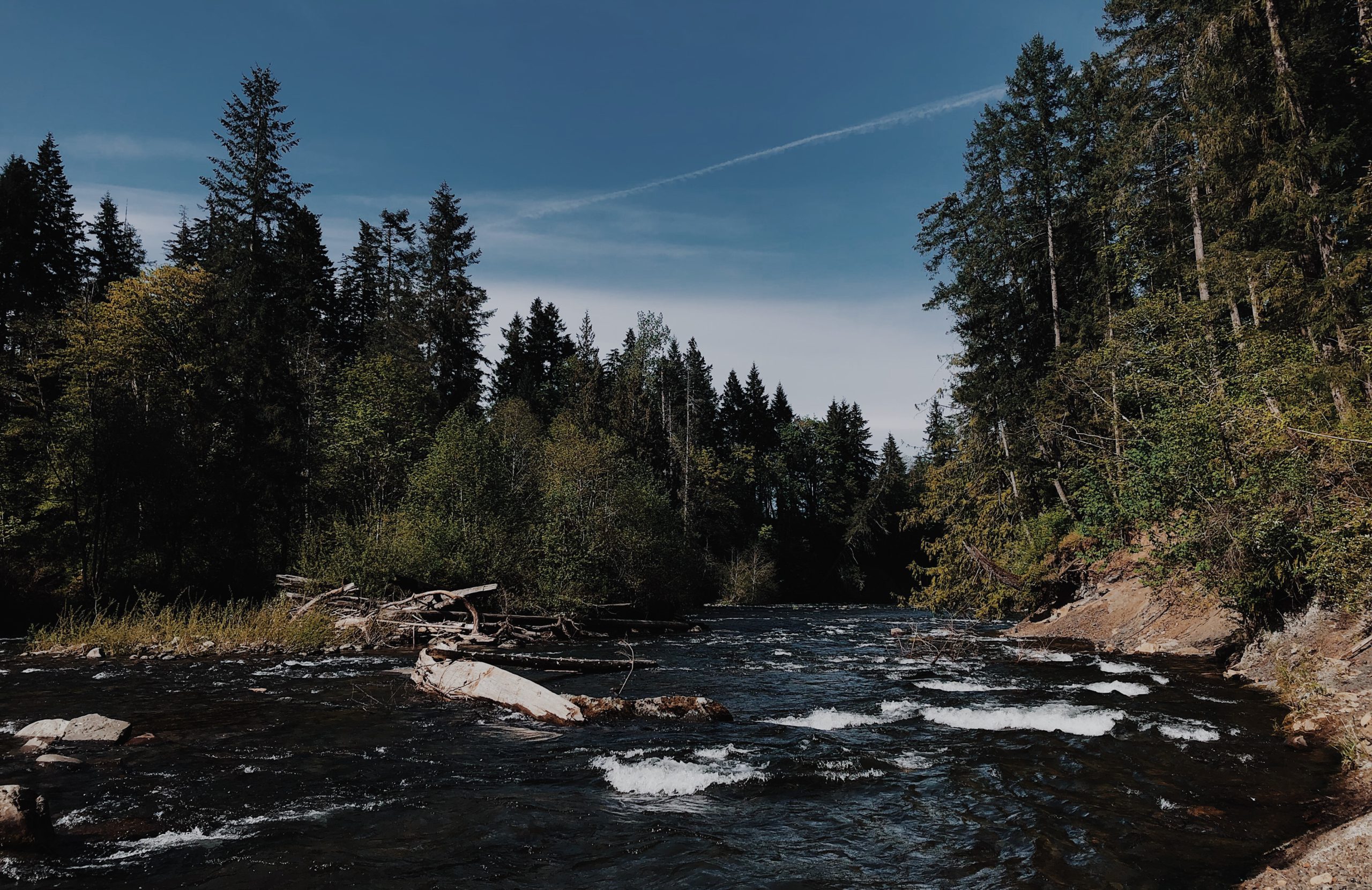British Columbia has launched a new online tool to help you understand the water quality of rivers throughout the province.
Using an interactive map, you can view 10-year water quality trends in certain rivers with data compiled from the Canada-B.C. Water Quality Monitoring Program.
The samples were collected with the help of First Nations communities and trained local watershed stewards and includes 31 rivers throughout the province.
The results have been available in technical reports, but the new user-friendly web reporting tool has been created to help people learn more about water quality and how it relates to the rivers near them.
“Every time we take another water sample, we essentially take a snapshot of the river in time,” said St. Hilaire, a water quality monitoring technician with the Ministry of Environment and Climate Change Strategy.
“Knowing what’s out there, what the condition of the water is over a long period of time, helps to see changes and identify any trends that might be occurring.”
The Canada-B.C. Water Quality Monitoring Program has been in place since 1985 and the data is also used to determine the current status of water quality, detect emerging issues that may threaten aquatic life and support the development of guidelines for water, fish and sediment.
“Water quality is a pretty complicated topic,” said Ayisha Yeow, senior water quality monitoring scientist for Environment Canada and Climate Change in B.C.
“The new website gives people a glimpse into how we look at the data and we explain what that means. I hope it gets people engaged and learning more about water quality so they can relate it to what they see when they’re enjoying the river.”
According to Yeow, every river is different. They all have complicated systems that are sensitive to a variety of stressors, such as human development and climate change.
The new Canada-B.C. surface water quality web reporting tool can be viewed online here.






